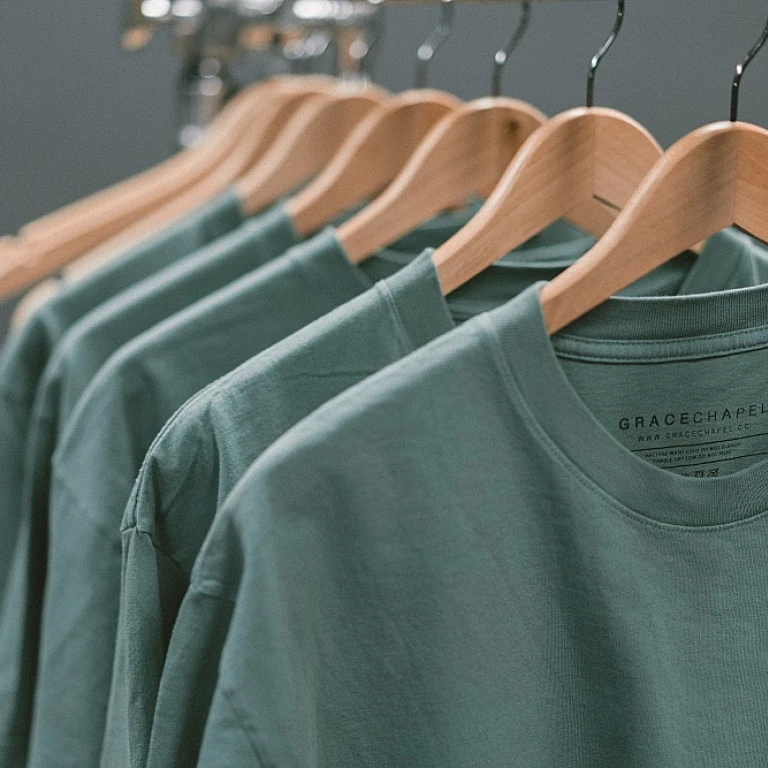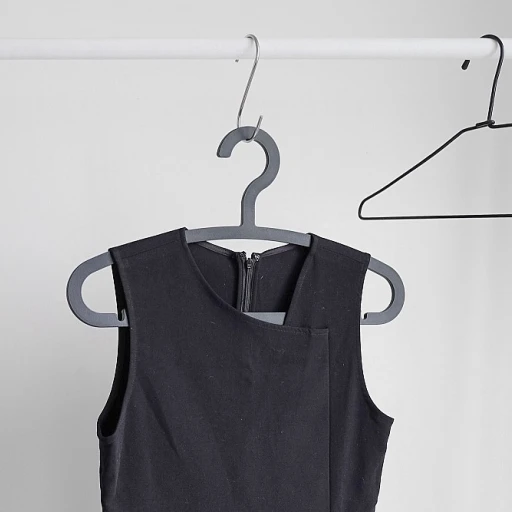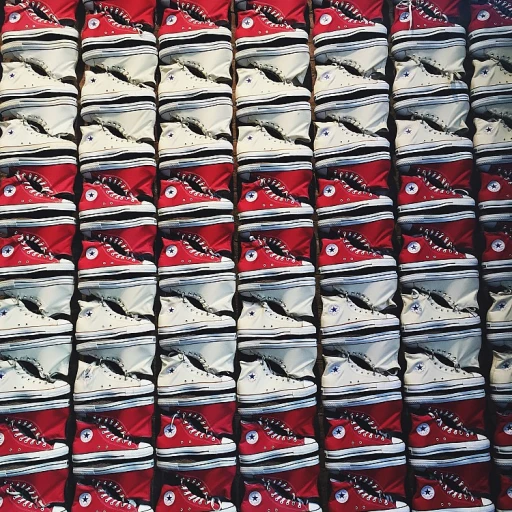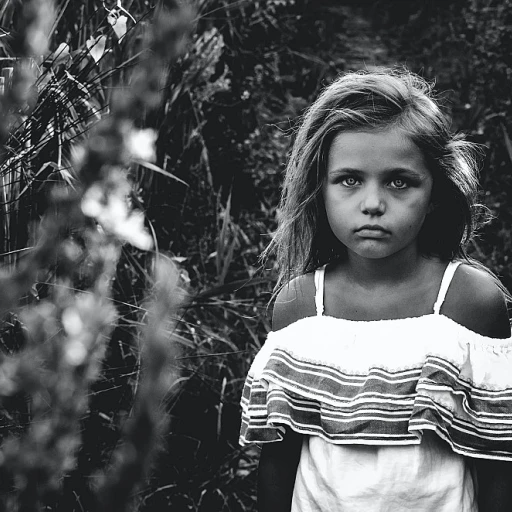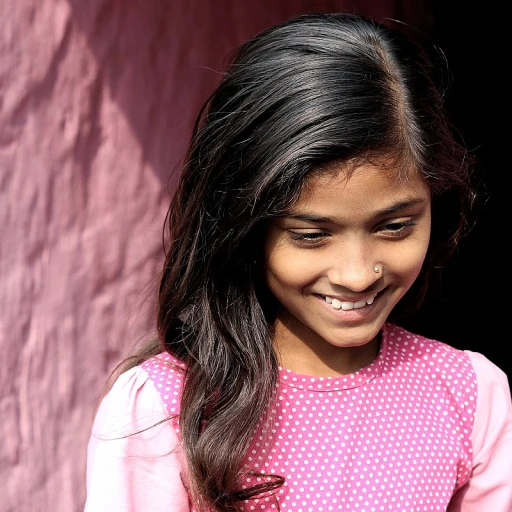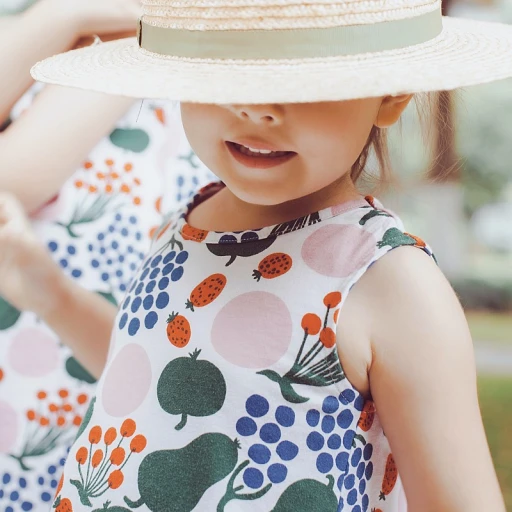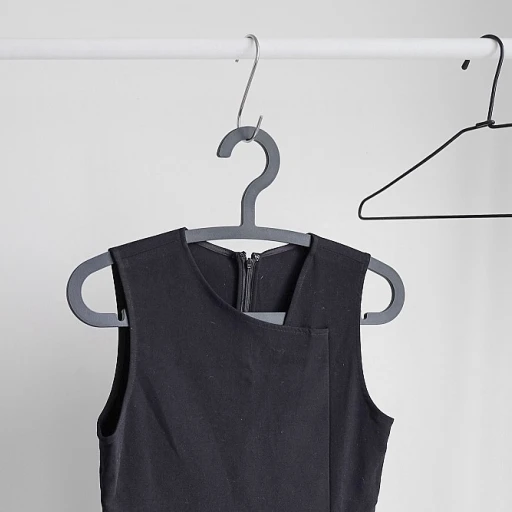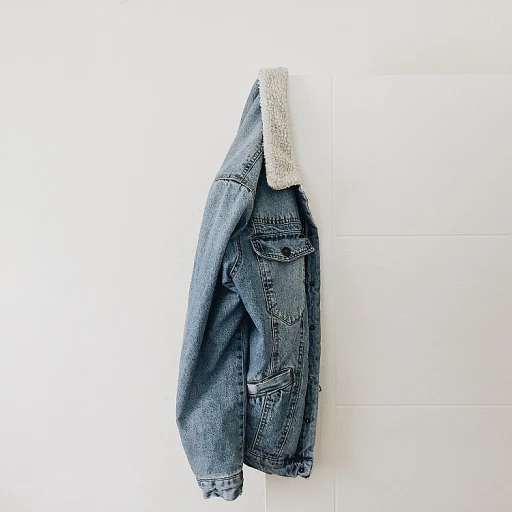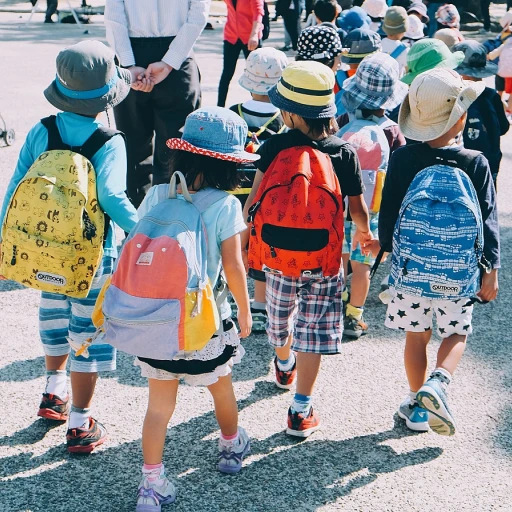
Understanding the Importance of Donating Kids' Clothes
Why Donating Kids' Clothes Matters
Donating kids' clothing is not just about decluttering your child's wardrobe; it's a meaningful gesture that benefits both the donor and the recipient. Many families, especially those with low income, depend on donated clothes, shoes, and baby items to dress their children adequately. Ensuring that these donations reach women and children in need can make a significant impact, helping them feel more confident and supported. When you donate clothes, you're supporting local charities and organizations that accept donations, like women's centers and thrift stores. These establishments rely heavily on clothing donations to provide essential items not only for babies and kids but also for school supplies and household goods. By choosing to donate baby clothes you give them a new purpose and help families who might not afford to purchase new items. Additionally, contributing to a child’s success can be as simple as providing them with proper school uniforms or a warm winter coat. Your donation could mean a child goes to school feeling ready and confident to learn. Moreover, it's also a lesson in giving back; involving your kids in the donation process can teach them about empathy and the significance of helping others. Lastly, the environment also benefits from donating. Extending the life of clothing reduces waste and promotes sustainable practices. Rather than discarding gently used clothes, contributing them for reuse is an eco-friendly choice. If your child's wardrobe includes versatile pieces like striped high socks, consider elevating another child's style by donating these along with your other gently used goods. Elevate your child's style with striped high socks! So, take a step towards making a difference. Whether you donate locally or use online platforms, you are contributing to a ripple effect of generosity and kindness.Local Charities and Organizations
Finding the Right Place to Donate Locally
When it comes to donating kids' clothes, local charities and organizations are often the best places to start. These organizations are deeply rooted in the community and have a direct impact on families in need. By choosing to donate clothing locally, you ensure that your contributions help children and families in your area.
Local Charities and Organizations
Many local charities accept clothing donations, including items for children of all ages. These organizations often run programs specifically designed to support children and families. Here are some options to consider:
- Thrift Stores: Many thrift stores, such as those run by Goodwill, accept clothing donations. These stores sell donated items at affordable prices, helping families access high-quality clothing without breaking the bank.
- Women and Children Shelters: Shelters often accept clothing donations to support women and children in need. Donating appropriate clothing can make a significant difference in the lives of those seeking refuge.
- Community Centers: Some community centers have programs that accept clothing donations. These centers often distribute items directly to families in need, ensuring donations reach those who need them most.
- Cradles to Crayons: This organization provides children with essential items, including clothing. They accept donations and distribute them to children in need, making it a great choice for those looking to make a difference.
Donation Bins and Drop-Off Locations
In addition to specific organizations, many communities have donation bins and drop-off locations where you can leave your items. These bins are often placed in convenient locations, making it easy to donate clothes without much hassle. However, it's important to ensure that these bins are managed by reputable organizations to guarantee that your donations are used effectively.
For more insights on kids' fashion and clothing donations, you might find our article on exploring the charm of the pointelle shirt for kids interesting.
Online Platforms for Clothing Donations
Digital Avenues for Donating Kids' Clothes
In our digital age, a number of websites and online organizations make it easy to donate children's clothing and other essential items to families in need. Whether you have baby clothes, school uniforms, or gently used clothes toys, these online platforms are accessible and effective channels for your kindness.
Local Online Groups: Social media platforms often host local community groups where members can offer or request clothing donations. These groups are perfect for moms and families looking to quickly exchange baby items, clothing shoes, and household goods. Simply search your area to find groups that fit your donation needs.
Donation Websites: Many reputable organizations have websites that accept donations of baby items and children clothing. They offer comprehensive guidelines on what items they will accept, ensuring your donations make a good impact. Check their criteria for donation to make sure your items will be useful.
Online Thrift Stores: Some thrift stores operate both locally and online, allowing you to donate baby and children's clothes through their websites. These platforms often collaborate with women's and children’s shelters, school supply drives, and centers for low-income families, ensuring your generosity reaches those who need it most.
Virtual Clothing Drives: Some schools and community centers organize clothing drives that operate virtually, accepting donations through online systems. This way, your school can simultaneously provide essential children clothing and school uniforms to economically disadvantaged students.
Using online platforms to donate children’s clothes not only expands your reach significantly but also aligns with the broader mission of digital efficiency and sustainability in clothing donations.
Tips for Preparing Kids' Clothes for Donation
Preparing Kids' Clothes for a Meaningful Donation
Before you donate kids' clothes, it's essential to ensure that the items are in good condition and ready to be loved by another child. This not only helps the receiving families but also maximizes the impact of your donation. Here are some steps to guide you through the process:
- Check for Quality: Inspect each piece of clothing for stains, tears, or excessive wear. Only donate high-quality items that you would feel comfortable giving to a friend.
- Wash and Fold: Clean clothes are more likely to be accepted by charities and organizations. Wash all items thoroughly and fold them neatly to make the donation process smoother.
- Sort by Category: Organize clothes by type, such as coats, shirts, and pants, and by children ages. This helps organizations like Cradles to Crayons and local thrift stores distribute them more efficiently.
- Label Appropriately: If possible, label bags or boxes with the type of clothing and the age group they are suitable for. This small step can greatly assist programs that support children and families in need.
- Consider Seasonal Needs: Think about the current season and the immediate needs of children. For instance, coats and warm clothing are in high demand during colder months.
By taking these steps, you ensure that your clothing donations are not only accepted but also appreciated by those who need them most. This preparation can make a significant difference in the lives of women, children, and families who rely on these donations for support.
Involving Kids in the Donation Process
Encouraging Young Minds to Embrace Generosity and Empathy
Involving your kids in the donation process can become a valuable life lesson. By encouraging your children to participate, you instill in them the values of generosity and empathy. It’s important to explain why donations are necessary, emphasizing the positive impact it can have on families in need. Here’s how you can make it a rewarding experience for both you and your little ones:- Make it a Learning Experience: Teach your children about less fortunate families who benefit from clothing donations. Use age-appropriate language to explain how their old clothes, shoes, toys, or school supplies could help other kids feel happier and more comfortable.
- Involve Them in Sorting: Allow your kids to help sort through their outgrown items. It's a great way for them to make decisions about what they no longer need and understand the concept of letting go for a greater good.
- Visit Donation Centers Together: If possible, take your children to the local thrift store or donation center when you drop off the items. It provides them with a tangible understanding of where donated goods go, and how organizations accept donations from the community to help others.
- Talk About Impact: Discuss the importance of their contribution. Children should know that their clothing donations can be part of someone's dress for success during an important school event or help low-income families by providing basic necessities like school uniforms and baby items. Share stories of how local charities or women children rescue missions assist those in need.
- Incorporate Fun: Turn the donation process into a fun activity, perhaps by creating a "giving box" that kids can decorate and fill with items they wish to donate. This makes the whole idea of giving back a positive and engaging experience.
The Impact of Your Donation
The Ripple Effect of Your Generosity
When you donate kids' clothes, you're doing more than just clearing out your child's closet. You're making a significant impact on families in need. Your clothing donations can provide warmth, comfort, and dignity to children and families who may not have the means to purchase new items. This act of kindness can be especially meaningful during colder months when a warm coat or high-quality sweater can make all the difference.
Local charities and organizations often rely on these donations to support their programs. By donating, you help ensure that these groups can continue their vital work. Whether it's through thrift stores, donation bins, or direct support to families, your contributions help create a network of care and compassion.
Empowering Communities
Donating clothes also empowers communities by providing resources that might otherwise be inaccessible. Programs like Cradles to Crayons in the United States accept clothing donations to support children of various ages. These programs ensure donations are distributed to those who need them most, fostering a sense of community and shared responsibility.
Moreover, involving your child in the donation process can teach them valuable lessons about empathy and social responsibility. It helps them understand the importance of giving back and supporting others, creating a cycle of generosity that can last a lifetime.
Ensuring Your Donations Make a Difference
To maximize the impact of your donations, it's crucial to donate appropriate clothing that is clean and in good condition. This ensures that the items can be used immediately by those in need. By following the tips for preparing kids' clothes for donation, you can help ensure that your contributions are both practical and appreciated.
Ultimately, your decision to donate kids' clothes can bring hope and joy to children and families, making a real difference in their lives. It's a simple yet powerful way to support your community and help create a brighter future for everyone involved.

